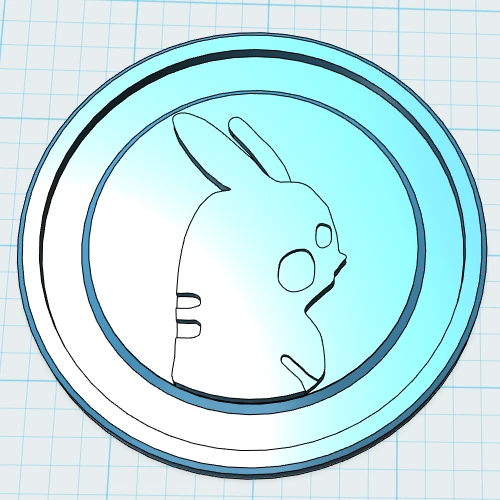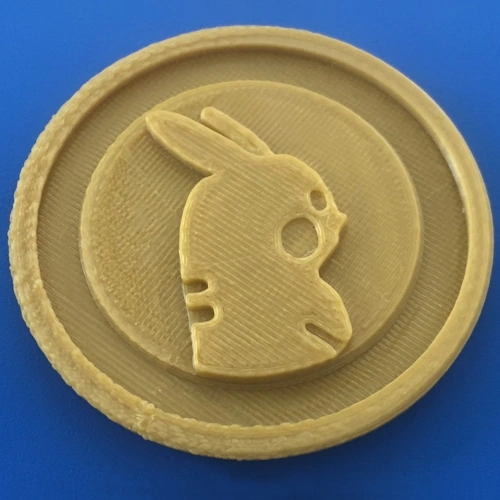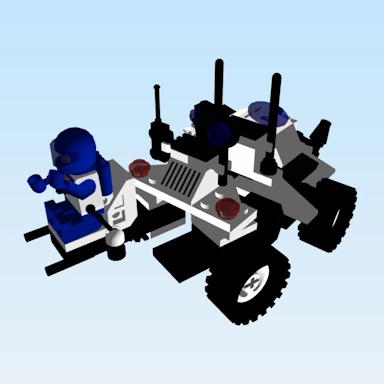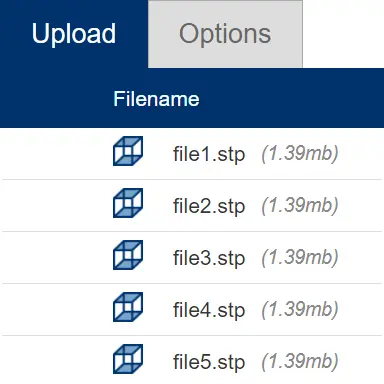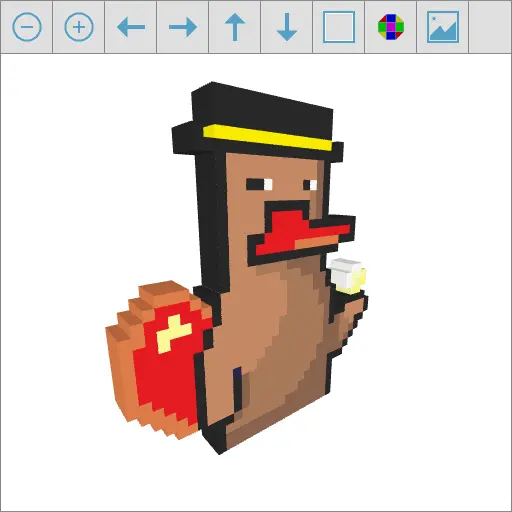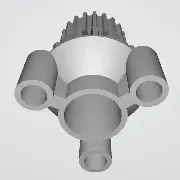How can I convert my SVG file to STL?
First click the "Upload..." button, select your SVG file to upload. Select any configuration options. When the SVG to STL conversion has completed, you can download your STL file straight away.
How long does it take to convert my SVG to STL?
We aim to process all SVG to STL conversions as quickly as possible, this usually takes around 5 seconds but can be more for larger more complex files so please be patient.
How accurate is the SVG to STL conversion?
We aim to create the most accurate conversions with our tools. Our tools are under constant development with new features and improvements being added every week.
Is it safe to convert my SVG to STL on ImageToStl.com?
Yes, of course! We do not store the SVG file you submit to us. The resulting STL file, once created is deleted 15 minutes after upload and the download link will expire after this time.
Can I convert my SVG to STL on Windows, Linux, Android, iOS or Mac OS?
Yes! Our SVG to STL tool will run on any system with a modern web browser. No specialist software is needed to run any of our conversion tools.
What if I am using an Ad Blocker, will that affect things?
Yes. Although you can use an Ad Blocker, if you like our SVG conversion tool please consider white-listing our site. When an Ad Blocker is enabled there are some conversion limits on some of our tools and processing/conversion times will be longer.
What is an STL file?
The STL file format describes an unstructured triangulated surface of the triangles using a 3D Cartesian coordinate system. STL files do not contain any scale information, and the units are arbitrary. We have a more detailed description of an STL file here.
What STL formats can I convert to?
Our tool will save all STL files in binary format. Optionally, our tool will allow you to save to the non-standard color STL format.

